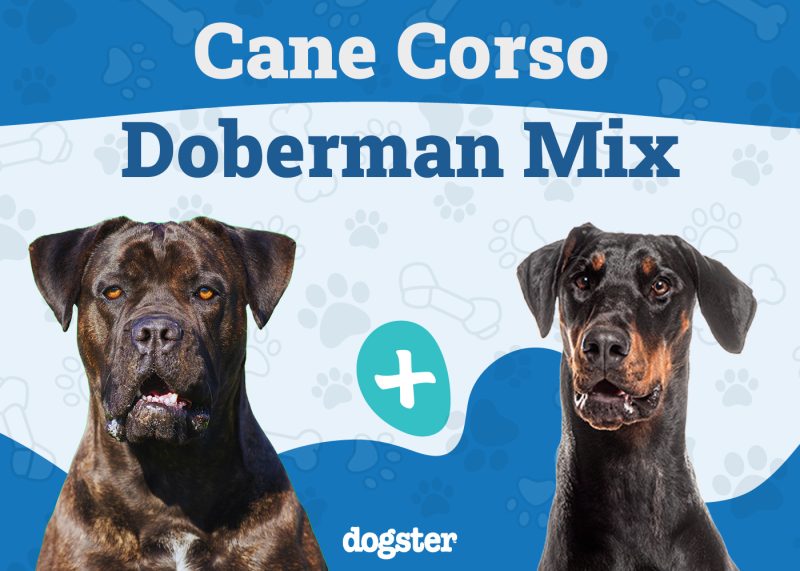Walking a dog is an excellent way to get in your steps and improve your cardiovascular health. It’s also great for pets since they get to stretch their legs and have opportunities to socialize and practice their leash manners. A dog walking business is a smart choice for a gig because it has so many benefits.
Many might find walking dogs more satisfying than working in an office. You can spend time with lots of cute pups while getting exercise yourself. Dog walking may seem like it’s devoid of risks. However, several issues exist. What if the pup bites a person or another pet? What happens if the pooch gets hurt? How do you balance your time with making a profit for your effort?
Welcome to the dog walking business plan!

Before You Start
A business plan is imperative if you want to get investors or convince a bank that your company is a worthwhile investment. You must articulate the reasons behind your dog-walking enterprise. Here are some things you might want to do before you actually start to write the plan itself:
1. Study the Market
It’s critical to assess the status of the market and whether there is sufficient interest to support it. You’ll find many business assessments online. Many companies release summaries via press releases to give you some concrete data. You can also tap the local businesses. Pet stores, doggie daycare, and veterinary clinics can provide valuable insights.
2. Determine the Market’s Vulnerabilities
You should also consider your market’s vulnerabilities. It’s a typical part of a traditional business plan. However, you must have a plan if the unthinkable happens. You can think of it as another form of insurance. It gives business owners a backup plan to help them ride the tide of unforeseeable headwinds.
3. Figure Out Your Start-Up and Maintenance Costs
You must do a realistic assessment of your initial and maintenance costs to ensure your business will be viable. You’ll likely find it’s easier to provide leashes and travel water bowls than having your clients bring their own since it can save you money in the long run.
4. Find Out Your Legal Obligations and Their Costs
You’ll likely have to pay taxes as a service provider. You may have to ante up for additional costs to cover other state and federal contributions. Don’t forget that the costs involved may include additional permits or taxes. Research your obligations on the local, state, and federal levels.

5. Find Out Your Legal Obligations and Their Costs
You’ll likely have to pay taxes as a service provider. You may have to ante up for additional costs to cover other state and federal contributions. Don’t forget to find out what you must pay for your business type. It may involve additional permits or taxes. Research your obligations on the local, state, and federal levels.
If you plan on having others involved in your business, consider your expenses, whether you bring them on as employees or contractors. Differences exist in various state regulations. You should consider contracting a payroll company to help you wade through the legal obligations.
6. Plan Your Business Structure and Its Costs
You can set up your business as a sole proprietorship. It’s easy to do, even for a newcomer in the business realm. Your dog walking business is part of your personal tax situation. That means the former’s obligations are synonymous with your personal income. It may not matter in many cases.
However, this type involves liability issues, which you may want to separate from your personal matters.
7. Determine Your Target Audience and How to Reach Them
You can tap several sources to find out what your potential target audience might be. Census data, your local chamber of commerce, and veterinary clinics can provide valuable resources. You should also find out what offerings are currently available to gauge your competition.
8. Complete a SWOT Analysis
A SWOT analysis considers the strengths, weaknesses, opportunities, and threats to an industry. It summarizes everything you must know to make educated decisions about your dog walking business. It’s essential to be realistic in this analysis. Don’t let your dreams of a viable business cloud the reality of it succeeding.


How to Write a Business Plan
Now that you’ve done your homework, it’s time to actually start to write the plan. Below is a list of aspects that must be written out and included. They don’t necessarily have to be in this order, but each of them should be included in one way or another.
1. Describe Your Business
Customers like to know the story behind a company. The same applies to a dog walking business. Use this first section to quickly describe who you are and what your business is going to do. This acts as an introduction to your business and gets people curious about why you’re going to be a good investment.
2. Include a Market Analysis
A market analysis is a key part of your business plan. If you’ve already done your homework from above, then this should be fairly easy to write. This section typically includes an overview of how big the market is for your services, as well as any of the competition. This is especially important if you’re trying to convince investors to back you.
You might also consider including your SWOT analysis. Here is an example of what that looks like:
Strengths
|
Weaknesses
|
Opportunities
|
Threats
|
3. Outline the Management and Organization
A bank or potential investors want to see a clear chain of command in a new business. All great leaders know they can’t do it all. It’s imperative to delegate some tasks. Even if you are the sole employee of your business, make sure you include a layout of how each aspect of your business will be run and organized.
4. Decide on the Products and Services You Want to Offer
As mentioned above, you need to clearly describe what exact services you are willing to provide. A problem many businesses encounter is scope creep—when changes are made to the job’s scope without any control procedure in place. A simple task ends up with other added but uncompensated services. Detailing your offerings is one way to safeguard against it happening to you.
On top of that, if you plan to include new services/products in the future, you’ll want to write a few paragraphs explaining how they will improve your profits.

5. Conduct Customer Segmentation
Customer segmentation describes the process of subdividing the groups of people or cohorts you hope to reach by their preferences and characteristics. It will help you optimize how you direct your resources, advertising dollars, and marketing efforts. You should write out a clear view of who your ideal customer is.
This often includes:
- Customer location
- Education level
- Age range
- Where they work and their income
- Values, beliefs, and opinions
- Etc.
6. Flesh Out Your Marketing Plan
How you market to your customers will largely be determined by the ideal customer you’ve just described. It should also describe your current and future strategies for your ideas and how exactly they fit that image. Marketing plans usually include your prices, products or services, how you will promote said products or services, and where you plan to sell them.
We suggest consulting your customer segmentation when developing your marketing plan. Different themes appeal to various demographics. Knowing your target audience and segments can help you create a plan with the best payoffs. For example, Baby Boomers are more likely to use YouTube, whereas Millennials respond well to user engagement.
7. Plan Your Business Logistics and Operations
This section refers to the workflow that you implement in order to turn your plan into reality. Whether making this business plan for your own benefit or for an investor, this section should be fairly detailed.
- Facilities/locations: Where will you work? Will you have a physical workspace? If so, where? What areas do you plan to offer services in?
- Equipment: What tools are required to get your business up and running? Think leashes, food and water bowls, doggie bags, etc.
- Inventory: Where will you keep said equipment? How much will you plan to have on hand?
- Fulfillment: Will you be the person fulfilling the demand? Will you have employees?
8. Provide an Overview of Your Financial Plan
With so many new businesses failing in the first few years, this section needs to lay out everything related to money. Financial health is crucial for your business to survive. This section should comprise three things: an income statement, a balance sheet, and a cash flow statement.
The income statement shows the reader of the plan your revenue sources and expenses over time. You can also include future milestones if you haven’t launched yet. The balance sheet goes over how much equity you have in your business, and you list all your business assets and liabilities.
- Assets – Liabilities = Equity
Finally, your cash flow statement is similar to your income statement; however, it accounts for revenues collected and when expenses are paid. Your goal is to have a positive cash flow!
9. Write Your Executive Summary
You might be surprised that we put the executive summary at the end of the process. However, all the planning you’ve done and the decisions you’ve made are the meat of this vital document. Therefore, it makes sense to write it after you’ve gone through your analysis. Think of this as your 5-minute elevator speech where you sell yourself and your business to a bank or investors. It must be tight without fluff—just the facts and your key selling points.
An executive summary might look something like this:
(Business name) aims to be the ultimate dog walking and companionship company in (location/community), bringing a wide range of high-end dog and owner services at a reasonable cost. (Business name) will be headquartered in (location) and provide (services/products and why they’re in demand).

Your Business Plan
The Small Business Administration (SBA) provides templates for traditional and lean business plans. We suggest you explore both options to help you decide how to proceed.

Final Thoughts
One of the best things coming out of the pandemic was individuals thinking outside of the box. Work doesn’t have to be a 9–5 job; it can be anything you want, as long as you have the drive and effort to make it happen. That includes starting up a dog walking business. A detailed plan sets the course to ensure your business is successful.
Featured Image Credit: Burst, Pexels


















